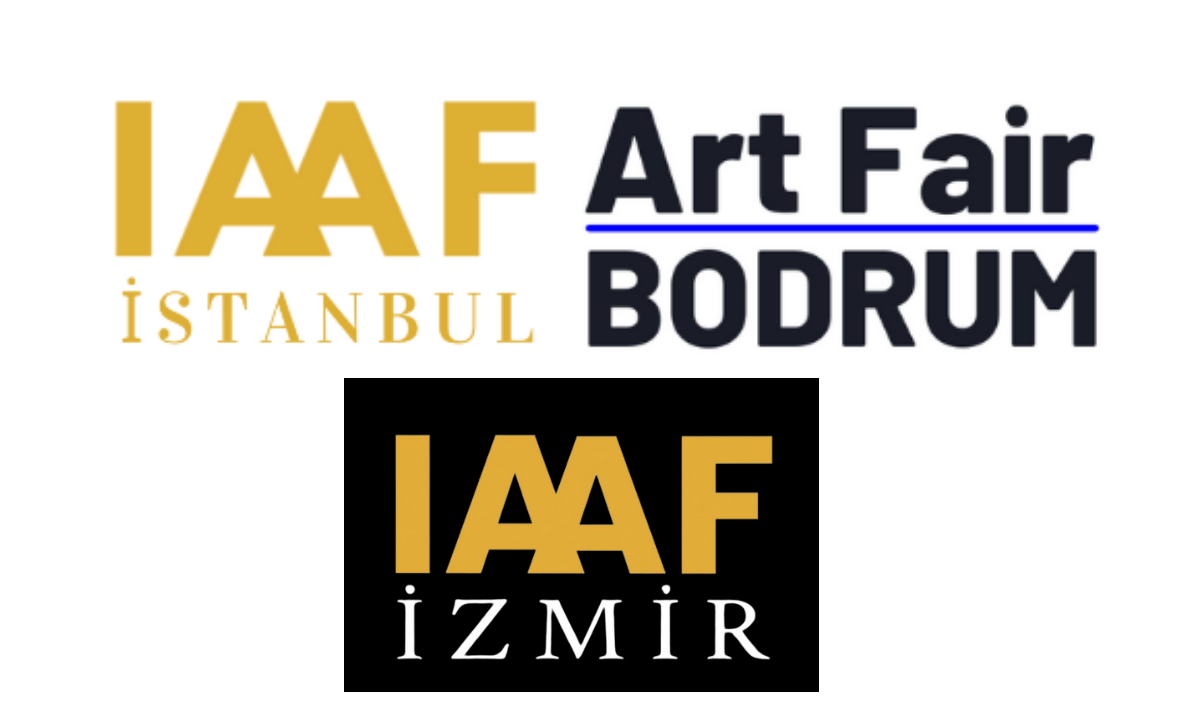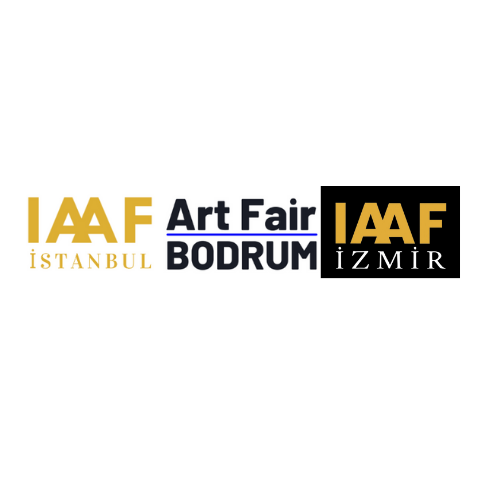HISTORY OF ISTANBUL
The magnificent history of Istanbul
No one can remain indifferent to Istanbul. 7 hills, passing through the sea, the natural harbor of the Golden Horn has been a unique, unique city throughout history. The history of Istanbul is rich in the glory of the city.
Establishment
The story is impressive from the legends of the foundation: Byzas, who set off from Megara in Greece, wants to build a new city. He went to the place and consulted Delfi Kahini. The seer says that he will establish his city ına across the Land of the Blind.. While Byzas was wandering confused, looking at Khalkedon (Kadıköy) from today’s Sarayburnu, he thought, n Why did these blind people set up their city on this barren ground when this beautiful place stood?. And of course, Delfi Kahini’s words come to mind. He found where to build Istanbul.
Istanbul name
The Istanbul name was not put into the city by the Ottomans. It’s older. In the 9th century Fütuh’üş-Damascus is mentioned as a human name. Istanbul, son of the Greek Melik Timaoş, worked for the construction of the city during his four-year reign. But Constantine, who replaces the city, completes and puts his name. In the 10th-century book Tenbih (Mesudi), it is referred to as Retinbolin . There is a lot of other information about Istanbul, some of which contradict each other. Furthermore, Istanbul has been known for tens of thousands of names such as Byzantion, Constantinople, Constantinople, Asitane, Darülhilafe, Dersaadet for thousands of years.
Prehistoric and Byzantion Period
The history of Istanbul goes back three hundred thousand years. It is believed that Neolithic and Chalcolithic people lived around Küçükçekmece Lake. Lower Palaeolithic tools were found near Dudullu and Middle Palaeolithic and Upper Paleolithic tools were found near Ağaçlı. In 2008, during the Marmaray tube passage excavations, the remains of the Polished Stone Age (6500 BC), the Copper Age (5500–3500 BC) in Fikirtepe on the Anatolian side, and the Phoenicians in Kadıköy were found.
Byzantion was founded in 667 BC under the reign of King Byzas. When the city was dominated by the Roman Empire, Septimius Severus briefly named his son Augusta Antonina. During the reign of Constantine I, the city was declared the capital of the Roman Empire. In the meantime, the name of the city was changed as Nova Roma. And in 337, the death of Emperor Constantine I was converted to Constantinople.
The period of Byzantine Empire
Between the years 324 – 1453. During this period, Istanbul became the administrative center of the east of Rome. In this period; With a new architectural structure, the city has expanded and developed in every respect. In addition to a hippodrome (Sultanahmet Square) of 100,000 people, harbors and water facilities were built. Constantine, who founded Hagia Sophia, the world’s largest cathedral, in 360; thus, he changed the religion of the Roman Empire to Christianity, and the first break with the West, which believed in Pagan Roman religion, was during this period. The Byzantine Empire began with the death of Theodosius I. When Western Rome collapsed in 476, the vast majority of Romans in the Western Roman Empire emigrated here. And Istanbul becomes the capital of the Byzantine Empire. The plague outbreak in 543 kills half the population. Emperor Justinian I rebuilt the city from the beginning. Istanbul, which has been repeatedly attacked, In 1204 the 4th Crusade was looted and wrecked. The Latin period ended in 1261. After this period, the Byzantine shrinking gradually; The Ottoman Empire began to besiege after 1391.
The period of the Ottoman Empire
Legend conquest took place on May 29, 1453. This date also defines the end of the Middle Ages. During the Ottoman period, Istanbul developed rapidly. Hundreds of palaces, bazaars, mosques, schools and baths have been opened, and Istanbul has become one of the largest cities in the world where Jews, Christians and Muslims lived in harmony in 50 years.
It has become a modern city with many innovations such as bridges over the Golden Horn, tunnel to Karaköy, railways, maritime transport within the city, establishment of municipal organizations and hospitals. It was occupied by the Entente States in 1918.
Republican period
The period of Istanbul’s capital of 2500 years ended with the Republic on 29 October 1923. From this date on, however, it will move confidently towards becoming the most populous, economic and culturally most active city in the world.
Its share of young population of Turkey’s modernization more than enough space adventure Istanbul, a city that today has become integrated in many areas of the world. When it comes to qualified labor, culture and entertainment tourism, the metropolis comes to mind first.
Today, Istanbul has 39 districts. 25 of these districts are on the European side and 14 are on the Anatolian side. With its population of 14.160.467, it is one of the largest metropolises in the world in terms of economy and population.



